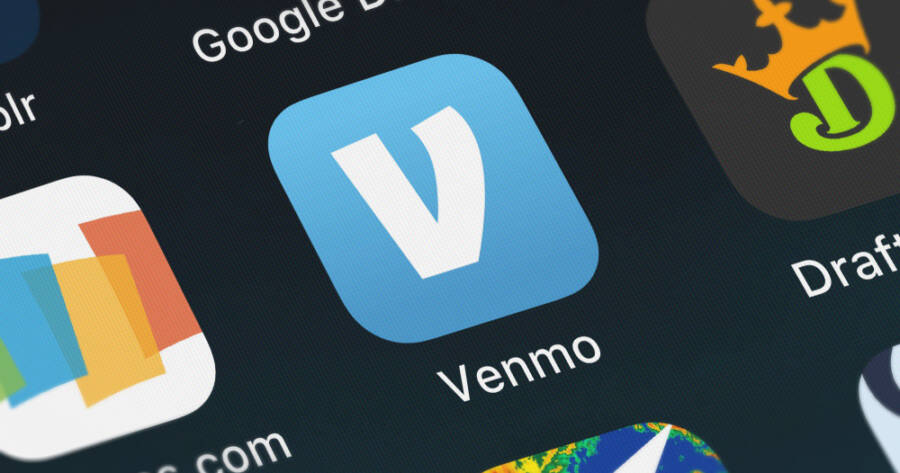Peer-to-peer (P2P) payment apps are transforming the way transactions occur, especially among younger users like millennials and Gen Z. With platforms such as Venmo, Cash App, and Zelle offering diverse functionalities from social payment splits to investment opportunities, the convenience is undeniable. However, understanding their features, limitations, and associated risks is crucial to fully benefit from their use.
The Rise of Peer-to-Peer Payment Apps
In recent years, peer-to-peer (P2P) payment apps have seen a significant rise in popularity among consumers, especially within younger generations like Gen Z and millennials. Platforms such as PayPal, Venmo, Cash App, and Zelle are frequently used by this demographic for a variety of transactions—from splitting bills with friends to supporting small businesses that benefit from these digital payment options. The convenience and speed these platforms offer make them an attractive choice, but they also come with notable risks that users must navigate carefully.
Comparing Popular Payment Platforms: Venmo, Cash App, Zelle, and More
Each P2P payment app offers unique features that cater to different user needs. Venmo, owned by PayPal, stands out with its social interaction features that allow users to split payments and add playful descriptions or emojis. While highly user-friendly, Venmo charges fees for instant bank transfers and credit card transactions and does not support international payments.
Cash App, developed by Block Inc., combines standard peer-to-peer transfers with investment opportunities in stocks and bitcoin. This platform boasts over 70 million users and offers integration with Square’s point-of-sale systems to support seamless retail transactions. Although it charges fees for instant cash-outs, it is a robust tool for those interested in investing alongside making everyday payments.
Zelle is another major player, offering rapid transfers directly to bank accounts. This app is integrated into the banking systems of many major financial institutions, enabling quick and easy transfers with minimal fees. However, Zelle does not support international payments or credit card transactions , limiting its versatility in comparison to other platforms.
Security and Risks in P2P Payments
While the convenience of P2P apps is undeniable, they carry inherent risks, including potential scams and the chance of sending money to the wrong recipient. Alarmingly, a portion of users mistakenly believe that their balances on these platforms are FDIC insured, putting them at financial risk in the case of app failure as P2P balances are not protected by FDIC insurance. Furthermore, the absence of robust buyer protection on platforms like Cash App and Zelle compared to PayPal emphasizes the need for user vigilance when making transactions with unfamiliar vendors.
To mitigate the risks associated with P2P payment apps, users are encouraged to implement protective measures, such as enabling multifactor authentication and linking credit cards instead of debit cards to their accounts. These steps are crucial in managing potential financial threats from scams and wrongful transactions.
Additional Features and Limitations
The functionality of P2P payment apps extends beyond money transfers, with many offering added features that enhance user experience. For instance, Venmo provides a cashback reward system through its debit card, while Cash App users can invest in fractional stocks and cryptocurrency. However, the additional capabilities come with fees and penalties when using premium services like instant transfers.
While P2P apps have evolved to offer diverse functionalities such as cryptocurrency transactions and investment options, they are not replacements for traditional banking services due to their limitations, including the lack of significant buyer protection and the inability to handle international remittance efficiently when compared to companies like Wise, MoneyGram, and Western Union that specialize in cash pick-ups internationally. For users seeking services beyond national borders, exploring alternatives is recommended.
Why You Should Learn More About Peer-to-Peer Payment Apps Today
Given the growing prevalence of peer-to-peer payment apps in everyday transactions, gaining a comprehensive understanding of their features and limitations is essential. These apps offer unique advantages such as convenient payments and investment opportunities, yet demand caution and responsible usage to navigate potential security risks. As fintech continues to evolve, staying informed about the latest updates and alternative options can enhance both personal finance management and consumer safety strategies. Whether opting for Venmo’s social-friendly interface, Cash App’s investment focus, or Zelle’s banking integration, selecting the right platform tailored to individual needs is a crucial step in harnessing the full potential of digital transactions.
Sources
NerdWallet article on Zelle and other payment apps
U.S. Chamber article comparing P2P platforms
PCMag on the best mobile payment apps

